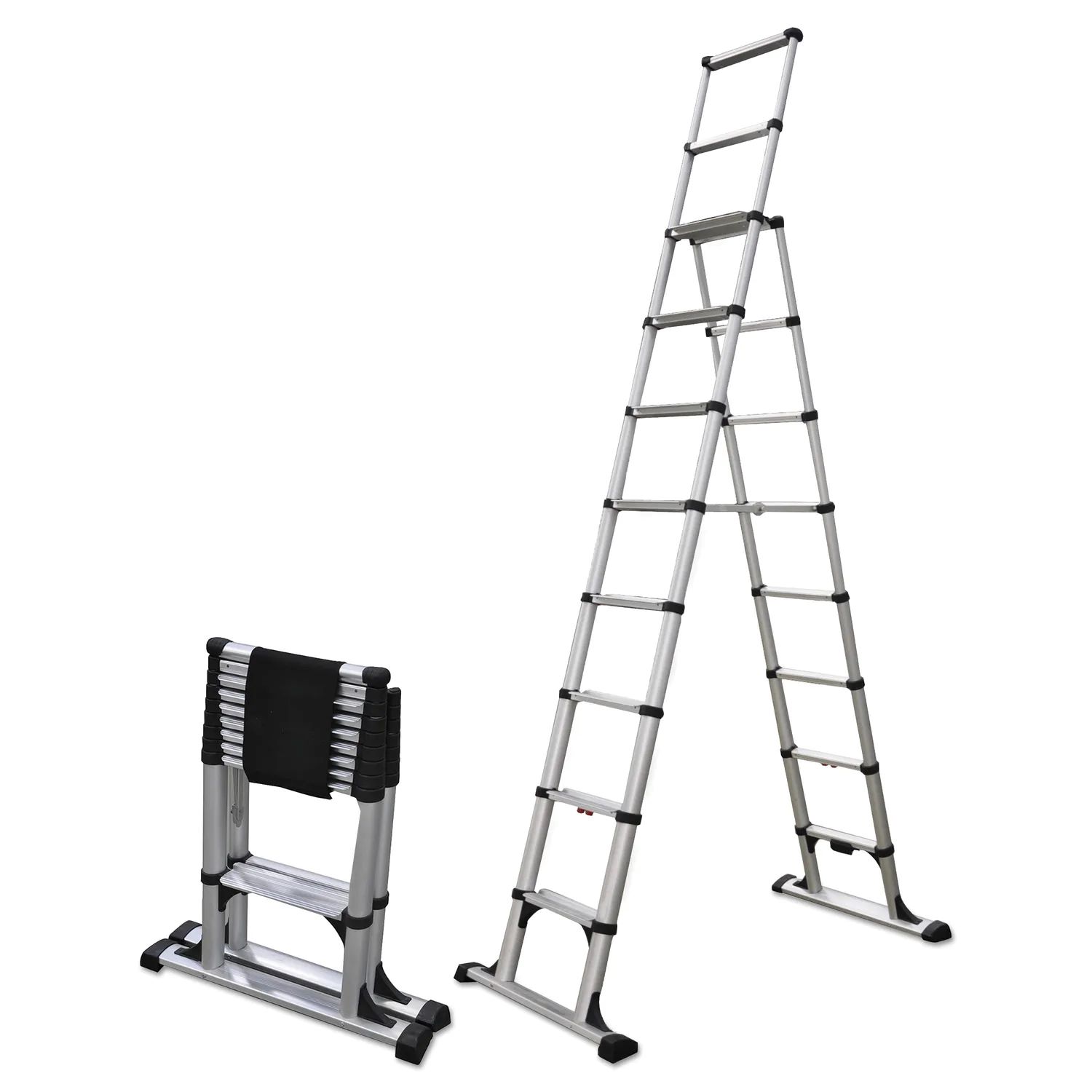

Articles
What Is An A-Frame Ladder
Modified: April 22, 2024
Discover the benefits and uses of an A-frame ladder in our informative articles. Find out how this versatile tool can make your projects easier and safer.
(Many of the links in this article redirect to a specific reviewed product. Your purchase of these products through affiliate links helps to generate commission for Storables.com, at no extra cost. Learn more)
Introduction
Welcome to the world of A-frame ladders – versatile and essential tools that offer stability and convenience for various tasks. Whether you’re a professional contractor, a DIY enthusiast, or simply looking to tackle household chores, an A-frame ladder is a must-have in your arsenal of tools. In this article, we will delve into the world of A-frame ladders, exploring their definition, features, uses, safety considerations, maintenance requirements, and tips for buying the right one for your needs.
An A-frame ladder, as the name suggests, is a ladder that is shaped like the letter “A”. It consists of two sides, joined at the top by a horizontal bar, and supported by spreader bars or stays on each side for added stability. This design allows it to be self-supporting, making it easy to set up and use in various applications.
A-frame ladders are made from a variety of materials, including aluminum, fiberglass, and wood. Each material has its own unique set of characteristics and benefits, such as lightweightness, durability, and resistance to electrical conductivity. The choice of material depends on the specific needs and preferences of the user.
These ladders come in a range of sizes, typically measured in feet, with popular options including 4, 6, 8, and 10 feet. The size you choose will depend on the height requirements of the tasks you need to complete. It’s important to select a ladder that allows you to reach the desired height comfortably and safely.
Whether you’re painting the walls, accessing shelves, cleaning gutters, or completing any other elevated task, an A-frame ladder provides a stable and secure platform. Its wide base and spreader bars ensure stability, while the steps or rungs offer a secure foothold. This makes it a reliable tool for both indoor and outdoor applications.
In the following sections, we will explore in more detail the features, types, uses, safety considerations, maintenance, and buying guide for A-frame ladders. By the end of this article, you’ll have a comprehensive understanding of these ladders and be equipped with the knowledge to choose the right one for your needs and use it safely and effectively.
Key Takeaways:
- A-frame ladders are versatile, self-supporting tools that offer stability and convenience for various tasks, making them essential for professionals and homeowners alike.
- Prioritizing safety, proper maintenance, and considering key factors such as height requirements and stability features are crucial when choosing and using A-frame ladders.
Read more: What Is A Ladder
Definition and Overview of A-Frame Ladder
An A-frame ladder is a type of ladder that is self-supporting and shaped like the letter “A”. It consists of two sides, typically made of aluminum, fiberglass, or wood, connected at the top by a horizontal bar. The sides are supported by spreader bars or stays for added stability. This design allows the ladder to stand on its own without requiring support from a wall or other structure.
A-frame ladders are commonly used in various industries and for a wide range of tasks. They are versatile tools that provide stability and convenience, making them a popular choice among professionals and homeowners alike.
The main advantage of an A-frame ladder is its ease of use. Unlike extension ladders that require leaning against a wall or support structure, A-frame ladders can be set up anywhere without the need for additional support. This makes them ideal for tasks that require mobility and flexibility, such as painting, cleaning, accessing elevated shelves, and performing maintenance work.
Most A-frame ladders come with safety features to ensure stability and prevent accidents. They are equipped with spreader bars or stays that lock the sides in place, preventing them from collapsing or sliding outward. Some ladders also have non-slip feet or rubber pads to provide traction and prevent the ladder from slipping on smooth surfaces.
When it comes to choosing an A-frame ladder, the material used for construction is an important consideration. Aluminum ladders are lightweight, durable, and resistant to corrosion. They are a popular choice for both indoor and outdoor use. Fiberglass ladders, on the other hand, are non-conductive and offer added safety when working near electrical sources. Wood ladders are less common but are preferred for certain situations, such as when non-conductivity is not a concern.
A-frame ladders come in various sizes, typically measured in feet. The size of the ladder you choose will depend on the specific height requirements of the tasks you need to perform. It’s important to choose a ladder that allows you to reach the desired height comfortably and safely.
In the following sections, we will explore the features, types, uses, safety considerations, maintenance, and tips for buying an A-frame ladder. By understanding these aspects, you’ll be able to make an informed decision and select the right ladder for your needs.
Features and Characteristics of an A-Frame Ladder
An A-frame ladder is a versatile tool that offers convenience and stability for a wide range of tasks. Understanding the features and characteristics of an A-frame ladder will help you choose the right one for your specific needs. Let’s take a closer look at the key features that make A-frame ladders stand out:
- Self-supporting design: The distinctive A-frame shape of these ladders allows them to stand on their own without needing support from a wall or other structure. This design feature makes A-frame ladders easy to set up and move around, offering flexibility and convenience.
- Stability: To ensure stability during use, A-frame ladders are equipped with spreader bars or stays that keep the two sides locked in position. This prevents the ladder from collapsing or sliding outward while you’re on it. The spreader bars also provide a wider base, making the ladder more stable and reducing the risk of tipping over.
- Materials: A-frame ladders are typically made from aluminum, fiberglass, or wood. Aluminum ladders are lightweight, durable, and resistant to corrosion. They are suitable for both indoor and outdoor use. Fiberglass ladders, on the other hand, offer the advantage of being non-conductive, making them a safer choice for tasks that involve electrical work. Wood ladders are less common but are preferred for their aesthetics and certain specialized applications.
- Height options: A-frame ladders come in various sizes, typically measured in feet. Common sizes include 4, 6, 8, and 10 feet. Choosing the right height is crucial to ensure that you can reach your work area comfortably and safely. It’s important to consider the maximum working height required for your tasks when selecting an A-frame ladder.
- Portability: A-frame ladders are designed to be lightweight and easy to transport. They often feature built-in carrying handles or hooks for hanging, allowing you to move them around effortlessly. Portability is especially important if you need to use the ladder in different locations or frequently transport it from one job site to another.
- Safety features: A-frame ladders are equipped with safety features to protect users from accidents. Non-slip steps or rungs provide a secure foothold, reducing the risk of slipping or falling. Non-slip feet or rubber pads at the base of the ladder ensure stability and prevent it from sliding on smooth surfaces. Look for ladders with additional safety features such as locking mechanisms and anti-slip tread surfaces for enhanced safety.
- Weight capacity: Each A-frame ladder has a specified weight capacity that indicates the maximum load it can safely support. It’s essential to consider the weight of both the user and the tools or materials you will be carrying on the ladder. Choosing a ladder with an adequate weight capacity is crucial for maintaining stability and preventing accidents.
These features and characteristics contribute to the versatility, stability, and usability of A-frame ladders. By considering these factors, you can choose an A-frame ladder that meets your specific requirements and ensures a safe and efficient working experience.
Types of A-Frame Ladders
A-frame ladders, with their self-supporting design and versatility, come in different types, each catering to specific needs and applications. Let’s explore some common types of A-frame ladders:
- Standard A-Frame Ladder: The standard A-frame ladder is the most common type and is widely used for a variety of tasks. It features two sides connected at the top by a horizontal bar and supported by spreader bars or stays. These ladders are available in different sizes and materials, such as aluminum, fiberglass, and wood, to suit various purposes and preferences.
- Telescoping A-Frame Ladder: Telescoping A-frame ladders are designed with adjustable height options. They consist of multiple sections that can be extended or retracted depending on the desired working height. This type of ladder offers versatility and convenience by allowing you to adjust the ladder’s height to suit different tasks and work areas. Telescoping A-frame ladders are popular among professionals who require flexibility in their work.
- Multi-Position A-Frame Ladder: Multi-position A-frame ladders are incredibly versatile as they can be adjusted to various configurations to suit different tasks. These ladders typically have hinge systems that allow them to be set up in multiple positions, such as an A-frame shape, extension ladder, scaffolding, or even as a stairway ladder. Multi-position ladders are ideal for users who need one ladder that can adapt to different applications.
- Platform A-Frame Ladder: Platform A-frame ladders are equipped with a large, stable platform at the top, providing a secure and comfortable working area. The platform offers more space to stand on and allows for better balance and stability. These ladders are commonly used for tasks that require longer periods of work at height, as the platform provides a more comfortable and secure platform to stand on.
- Step Stool A-Frame Ladder: Step stool A-frame ladders are smaller in size and have fewer steps or rungs compared to standard-sized ladders. They are designed for lower height tasks and provide a compact and portable solution for quick and easy access to shelves, cupboards, or other areas where a full-sized ladder may be unnecessary or impractical.
- Specialty A-Frame Ladders: In addition to the common types mentioned above, there are specialty A-frame ladders designed for specific purposes. This includes ladder standoffs for improved stability on uneven surfaces, attic ladders for accessing attic spaces, and combination ladders that can be used as both an A-frame ladder and an extension ladder. These specialized ladders cater to specific needs and provide added functionality in particular situations.
When choosing an A-frame ladder, consider the type that best suits your task requirements, working environment, and personal preferences. Each type offers unique features and benefits, so selecting the right one will ensure optimal performance, safety, and efficiency during your work.
Uses and Applications of A-Frame Ladders
A-frame ladders are versatile tools that find applications in various industries and settings. Their self-supporting design and stability make them a popular choice for a wide range of tasks. Here are some common uses and applications of A-frame ladders:
- Painting and Decorating: A-frame ladders are commonly used by painters and decorators. The ladder’s stability and height options allow for easy access to walls, ceilings, and other elevated surfaces. Whether you’re painting a room, touching up a wall, or installing wallpaper, an A-frame ladder provides a secure platform to work on, allowing for precise and efficient results.
- Cleaning and Maintenance: A-frame ladders are essential for cleaning tasks, both indoors and outdoors. They are perfect for reaching high shelves, cabinets, and light fixtures, making cleaning tasks more efficient. A-frame ladders are also used for cleaning gutters, washing windows, and maintaining the exterior of buildings or structures, providing a stable and secure platform for safe and effective cleaning.
- Construction and Renovation: A-frame ladders are widely used in construction and renovation projects. They are ideal for tasks such as installing drywall, placing ceiling tiles, and accessing high areas requiring maintenance or repair. The stability and versatility of A-frame ladders allow workers to perform various tasks at different heights, providing easy and safe access to elevated work areas.
- Warehouse and Retail: A-frame ladders are commonly used in warehouse and retail settings. They are indispensable for retrieving items stored on high shelves or racks. A-frame ladders provide stability and versatility, allowing workers to access merchandise and arrange products with ease. They are also useful in store displays and signage installations, providing a secure platform for setting up attractive displays.
- DIY/Home Improvement: A-frame ladders are a must-have tool for homeowners and DIY enthusiasts. They are ideal for tasks such as changing light bulbs, installing curtains, hanging pictures, and accessing attic spaces. A-frame ladders are portable and easy to set up, making them convenient for various home improvement projects that require reaching elevated areas safely and securely.
- Garden and Outdoor Maintenance: A-frame ladders are valuable assets for outdoor maintenance tasks, such as trimming trees, pruning branches, or cleaning gutters. Their stability and height options allow for easy access to tall plants or structures. A-frame ladders also provide a safe platform for painting exterior surfaces, installing or repairing outdoor fixtures, and performing other tasks that require working at height in the garden or outdoor spaces.
These are just a few examples of the many uses and applications of A-frame ladders. Their versatility, stability, and convenience make them valuable tools in various industries, as well as for everyday tasks around the house. Whatever your specific needs may be, an A-frame ladder is likely to provide the reliable support you require.
When using an A-frame ladder, always make sure it is fully opened and locked into place before climbing. This will ensure stability and safety while working at heights.
Read more: What Is A Ship Ladder
Safety Considerations for Using A-Frame Ladders
While A-frame ladders provide stability and convenience, it’s important to prioritize safety when using them. Mishaps and accidents can occur if proper precautions are not taken. Here are some key safety considerations to keep in mind when using A-frame ladders:
- Choose the Right Size and Type: Select an A-frame ladder that is the appropriate size and type for your task. Ensure that the ladder’s height allows you to reach your work area comfortably. Using a ladder that is too short or too tall can lead to instability and accidents. Additionally, consider the ladder’s weight capacity to ensure it can safely support both you and your tools or materials.
- Inspect the Ladder: Before using an A-frame ladder, thoroughly inspect it for any signs of damage, such as cracks, bent rungs, or loose parts. Check the spreader bars, hinges, and overall stability of the ladder. Do not use a ladder that is damaged or shows signs of wear and tear. Regularly maintain and replace worn-out parts to ensure the ladder remains safe to use.
- Set Up on a Flat, Stable Surface: Always place the A-frame ladder on a flat, stable surface to prevent it from wobbling or tipping over. Avoid uneven or slippery surfaces that can compromise stability. Consider using ladder levelers or ladder stabilizers for added support on uneven ground or outdoor terrain.
- Use the Ladder on a Proper Angle: Place the A-frame ladder at a proper angle, typically around a 75-degree slope. This ensures stability and prevents the ladder from sliding or collapsing. Avoid setting up the ladder too steep or too shallow, as it can lead to instability during use.
- Secure the Ladder: Before climbing, ensure that the ladder is securely locked in place. Check that the spreader bars or stays are fully open and engaged, and that any locking mechanisms are in place. This helps prevent the ladder from collapsing while you are on it.
- Climb Safely: When ascending or descending the ladder, use three points of contact, such as two hands and one foot or two feet and one hand. Maintain a firm grip on the ladder at all times. Avoid carrying heavy or bulky items that may affect your balance and stability. Instead, use a tool belt or hoist system to transport tools and materials to the work area.
- Avoid Overreaching: It is crucial to avoid overreaching while on an A-frame ladder. Overreaching can cause the ladder to become unbalanced, leading to a fall. Keep your body centered and within the ladder’s sides. If you can’t reach your work area comfortably, descend the ladder and reposition it closer to your task.
- Consider Personal Protective Equipment (PPE): Depending on the task you are performing, consider wearing appropriate personal protective equipment (PPE). This may include a hard hat, safety goggles, gloves, and non-slip shoes. PPE can provide additional protection in case of accidental spills, falling objects, or slips.
- Keep the Area Clear: Ensure that the area around the ladder is clear of any obstacles or hazards. Clear away debris, cords, or other objects that may cause you to trip or lose your balance. It’s crucial to maintain a safe working environment to prevent accidents.
- Use Caution When Working Near Electrical Sources: If you are working near electrical sources, use a non-conductive ladder, such as a fiberglass one. Keep a safe distance from live wires or electrical equipment to prevent the risk of electric shock. Always follow appropriate safety measures when working with electricity.
By following these safety considerations, you can greatly reduce the risk of accidents and ensure a safe working experience when using an A-frame ladder. Prioritize your well-being and take the necessary precautions to protect yourself and others.
Maintenance and Care of A-Frame Ladders
Proper maintenance and care of your A-frame ladder are essential to ensure its longevity, performance, and safety. Regular maintenance can help identify any potential issues and prevent accidents. Here are some important maintenance and care tips to keep your A-frame ladder in optimal condition:
- Inspect Regularly: Regularly inspect your A-frame ladder for any signs of damage, such as cracks, dents, or loose parts. Check the spreader bars, hinges, and rungs for wear and tear. Look for any signs of rust or corrosion, especially if your ladder is made of aluminum or steel. Address any issues promptly to prevent further damage or compromise in safety.
- Clean Properly: Keep your A-frame ladder clean and free from dirt, debris, and other substances that can affect its stability and grip. After each use, wipe down the ladder with a damp cloth to remove any dust or dirt. Avoid using abrasive cleaners or solvents, as they may damage the ladder’s surface or coating.
- Store Correctly: Proper storage is important to protect your A-frame ladder from damage. Keep it in a clean, dry area away from direct sunlight, extreme temperatures, and moisture. Store it in an upright position or hang it on hooks to avoid warping or bending. Avoid placing heavy objects on top of the ladder, as this can cause unnecessary stress and potential damage.
- Check Stability: Regularly check the stability of your A-frame ladder before each use. Ensure that the spreader bars or stays are fully engaged and locked in place, and that any locking mechanisms are functioning correctly. Test the ladder for any wobbling or movement. If you notice any instability, refrain from using the ladder until the issue is resolved.
- Replace Worn-out Parts: Pay attention to the condition of your ladder’s components, such as the spreader bars, hinges, and rungs. If any parts are damaged or worn-out, replace them promptly with suitable replacements from the manufacturer or authorized dealers. Using a ladder with faulty or damaged components can compromise its safety and performance.
- Address Rust or Corrosion: If your ladder is made of aluminum or steel and shows signs of rust or corrosion, address it immediately. Use a wire brush or sandpaper to remove any rust spots, and apply a rust-resistant paint or coating to prevent further corrosion. Regularly inspect the ladder’s metal parts, especially in high-humidity or coastal areas.
- Follow Manufacturer’s Guidelines: Read and follow the manufacturer’s guidelines and recommendations for the specific maintenance and care of your A-frame ladder. Different types and materials may have specific requirements, and it is important to adhere to those guidelines to ensure the ladder’s safety and longevity.
- Provide Training and Education: If you share your ladder with others, make sure that everyone using it is adequately trained on how to safely set up, climb, and use the ladder. Educate users on safety precautions, weight limits, and proper ladder usage. Encourage safe practices and address any concerns or questions that may arise.
By following these maintenance and care tips, you can prolong the life of your A-frame ladder and ensure its safety and reliability. Proper maintenance not only protects your investment but also provides you with a reliable and secure tool for your tasks.
Buying Guide for A-Frame Ladders
Choosing the right A-frame ladder is crucial to ensure safety, efficiency, and optimal performance for your tasks. With various options available on the market, it’s important to consider certain factors when making your purchase. Here is a buying guide to help you choose the right A-frame ladder:
- Height Requirements: Consider the maximum height you need to reach for your tasks. Choose a ladder that provides sufficient height, ensuring you can work comfortably and safely at your desired elevation. A-frame ladders are available in various sizes, typically measured in feet, so select the appropriate height for your specific needs.
- Weight Capacity: Check the weight capacity of the A-frame ladder to ensure it can safely support both your weight and any tools or materials you need to carry while working. Consider your own weight, the weight of your equipment, and any additional materials you may need to transport on the ladder. Choosing a ladder with a suitable weight capacity is crucial for stability and safety.
- Material: A-frame ladders are available in different materials, including aluminum, fiberglass, and wood. Consider the advantages and disadvantages of each material. Aluminum ladders are lightweight, durable, and resistant to corrosion. Fiberglass ladders are non-conductive, making them ideal for tasks involving electrical work. Wood ladders are less common but provide aesthetics and certain advantages in specific situations. Choose the material that best fits your needs and preferences.
- Stability and Safety Features: Look for A-frame ladders with features that enhance stability and safety. This may include spreader bars or stays that keep the ladder locked in place, non-slip steps or rungs for secure footing, and non-slip feet or rubber pads to prevent the ladder from sliding. Consider additional safety features such as locking mechanisms, anti-slip tread surfaces, or integrated tool trays for added convenience.
- Portability and Storage: If you require a ladder that can be easily transported or stored, consider its portability and storage options. Look for ladders that are lightweight and equipped with carrying handles or hooks for easy transportation. Check the size and consider whether you can easily store the ladder in your workspace or garage when not in use.
- Budget: Determine your budget and look for A-frame ladders that fit within your price range. Consider the quality and features of the ladder in relation to its price. Ensure that you are getting a ladder that meets your needs without compromising on safety and durability.
- Reviews and Ratings: Before finalizing your purchase, take the time to read reviews and ratings from other customers. This can provide valuable insights into the performance and durability of the ladder, as well as any potential issues or concerns that others may have experienced.
- Warranty and Customer Support: Check the warranty provided by the manufacturer. A longer warranty period indicates the manufacturer’s confidence in the ladder’s quality and durability. Additionally, consider the availability of customer support in case you have any questions or need assistance with your ladder.
- Compliance with Safety Standards: Look for A-frame ladders that meet relevant safety standards, such as those set by the Occupational Safety and Health Administration (OSHA) or other recognized regulatory bodies. Compliance with safety standards ensures that the ladder has been tested and meets specific requirements for stability and performance.
By considering these factors in your buying decision, you can select an A-frame ladder that meets your specific needs, provides stability and safety, and offers long-lasting performance. Prioritize the quality and suitability of the ladder to ensure a reliable and efficient tool for your tasks.
Conclusion
A-frame ladders are versatile and essential tools for various tasks, offering stability, convenience, and safety. Whether you’re a professional contractor, a DIY enthusiast, or a homeowner, having the right A-frame ladder in your toolkit is crucial. Throughout this article, we have explored the definition, features, types, uses, safety considerations, maintenance, and buying guide for A-frame ladders.
An A-frame ladder’s self-supporting design, stability, and versatility make it a popular choice for tasks such as painting, cleaning, maintenance, construction, and more. The wide range of sizes, materials, and types available allow you to choose the ladder that best suits your specific needs and preferences.
However, safety should always be a priority when using an A-frame ladder. Following proper safety precautions, such as choosing the right size, inspecting the ladder, setting it up on a stable surface, using the ladder at the correct angle, and maintaining three points of contact when climbing, is essential to prevent accidents and ensure a safe working environment.
Maintaining and caring for your A-frame ladder is crucial to its longevity and performance. Regular inspections, proper cleaning, correct storage, and addressing any damaged or worn-out parts contribute to the ladder’s safety and reliability.
When purchasing an A-frame ladder, consider factors such as height requirements, weight capacity, material, stability features, portability, budget, reviews, and compliance with safety standards. This buying guide will assist you in making an informed decision and choosing a ladder that meets your specific needs.
In conclusion, an A-frame ladder is a valuable tool that provides stability and convenience for a wide range of tasks. By understanding their features, safety considerations, and maintenance requirements, and following the buying guide, you can select the right A-frame ladder and ensure a safe and efficient working experience.
Frequently Asked Questions about What Is An A-Frame Ladder
Was this page helpful?
At Storables.com, we guarantee accurate and reliable information. Our content, validated by Expert Board Contributors, is crafted following stringent Editorial Policies. We're committed to providing you with well-researched, expert-backed insights for all your informational needs.

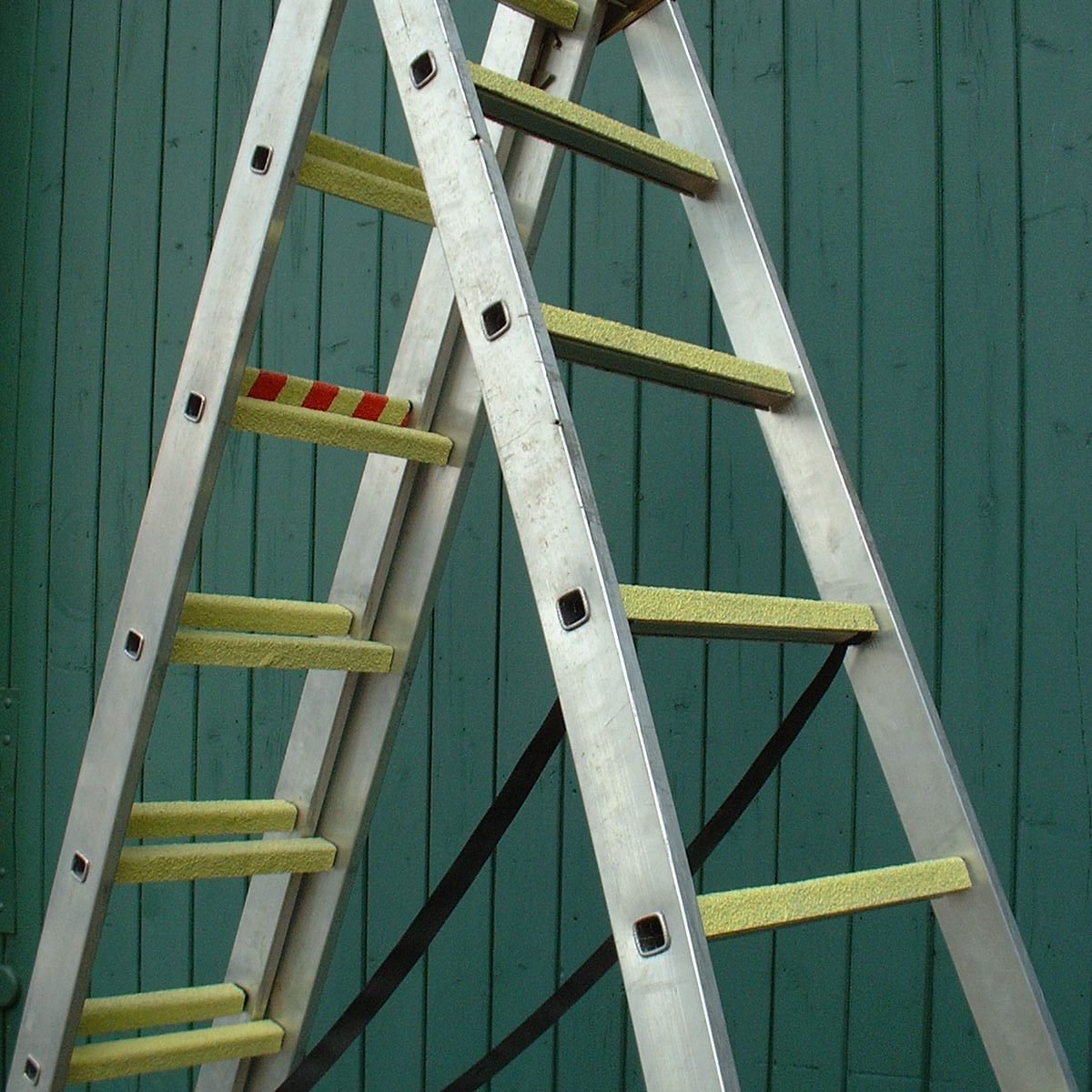
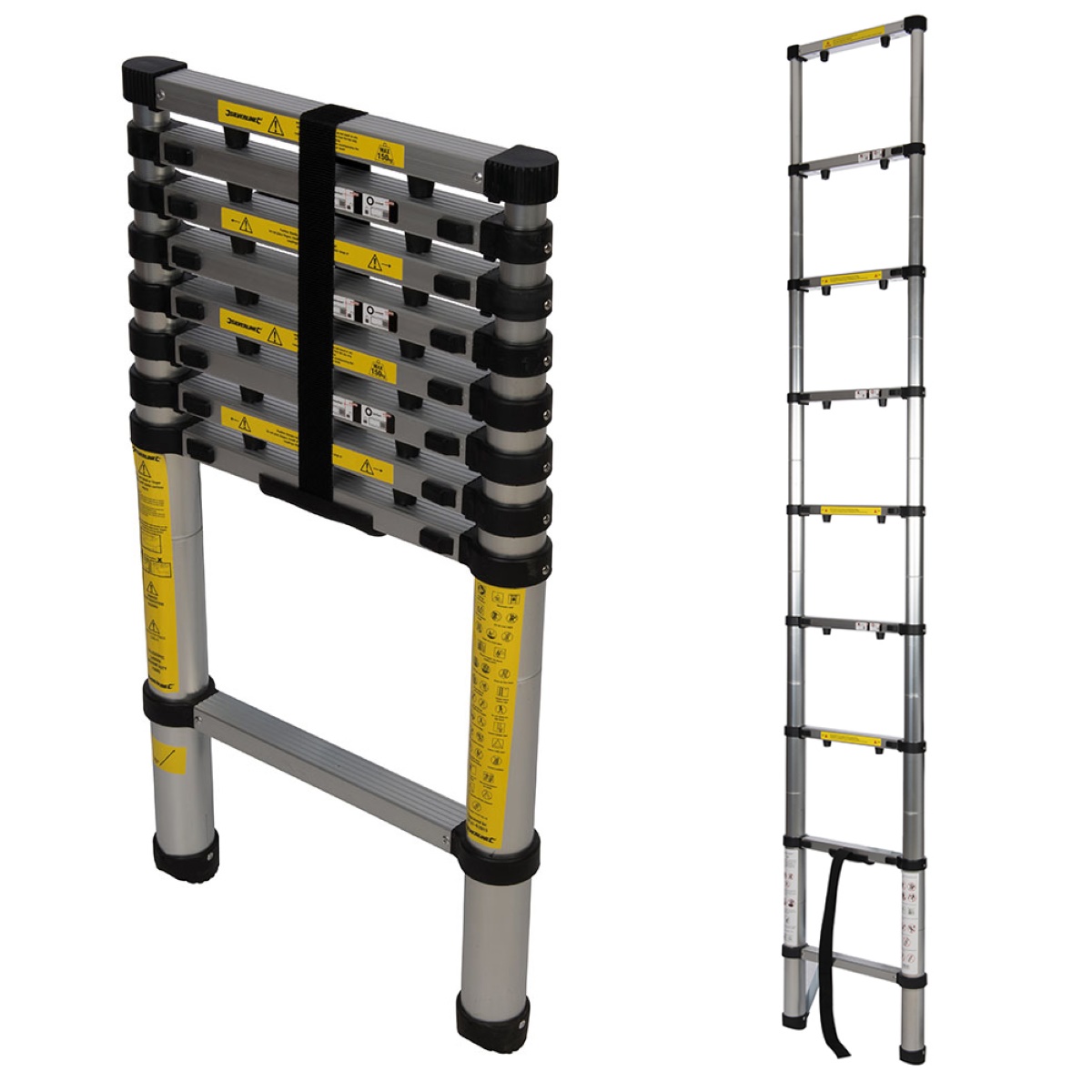
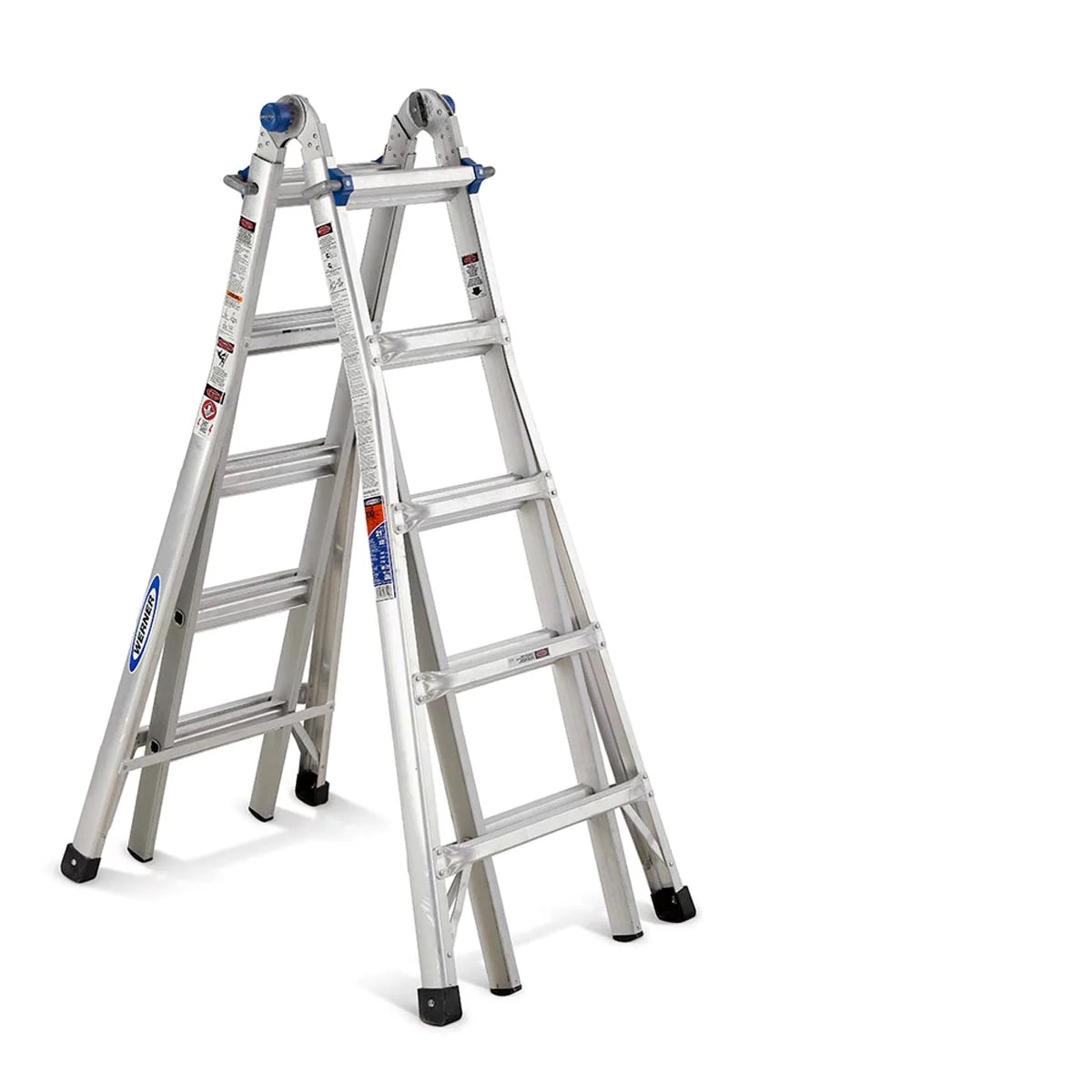
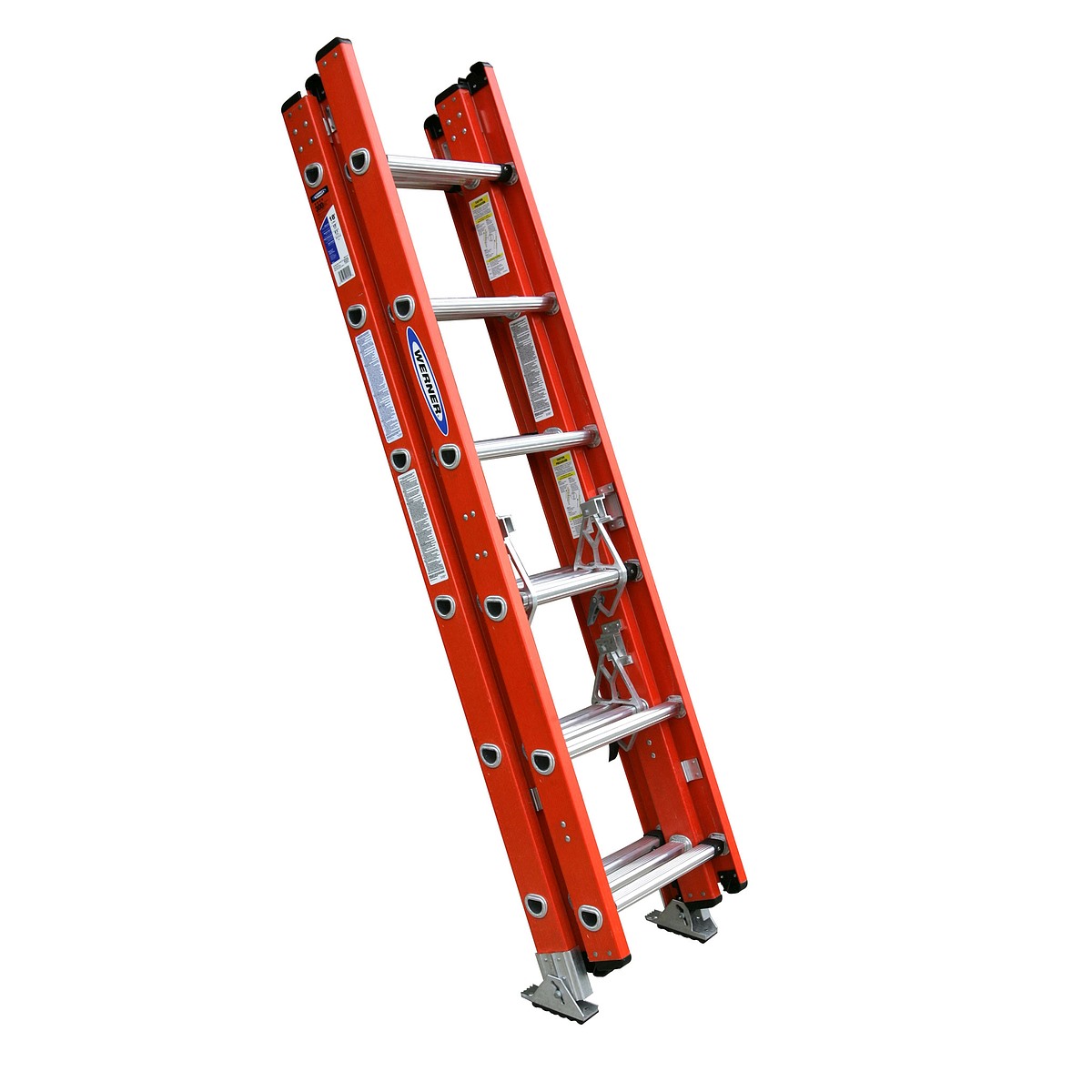
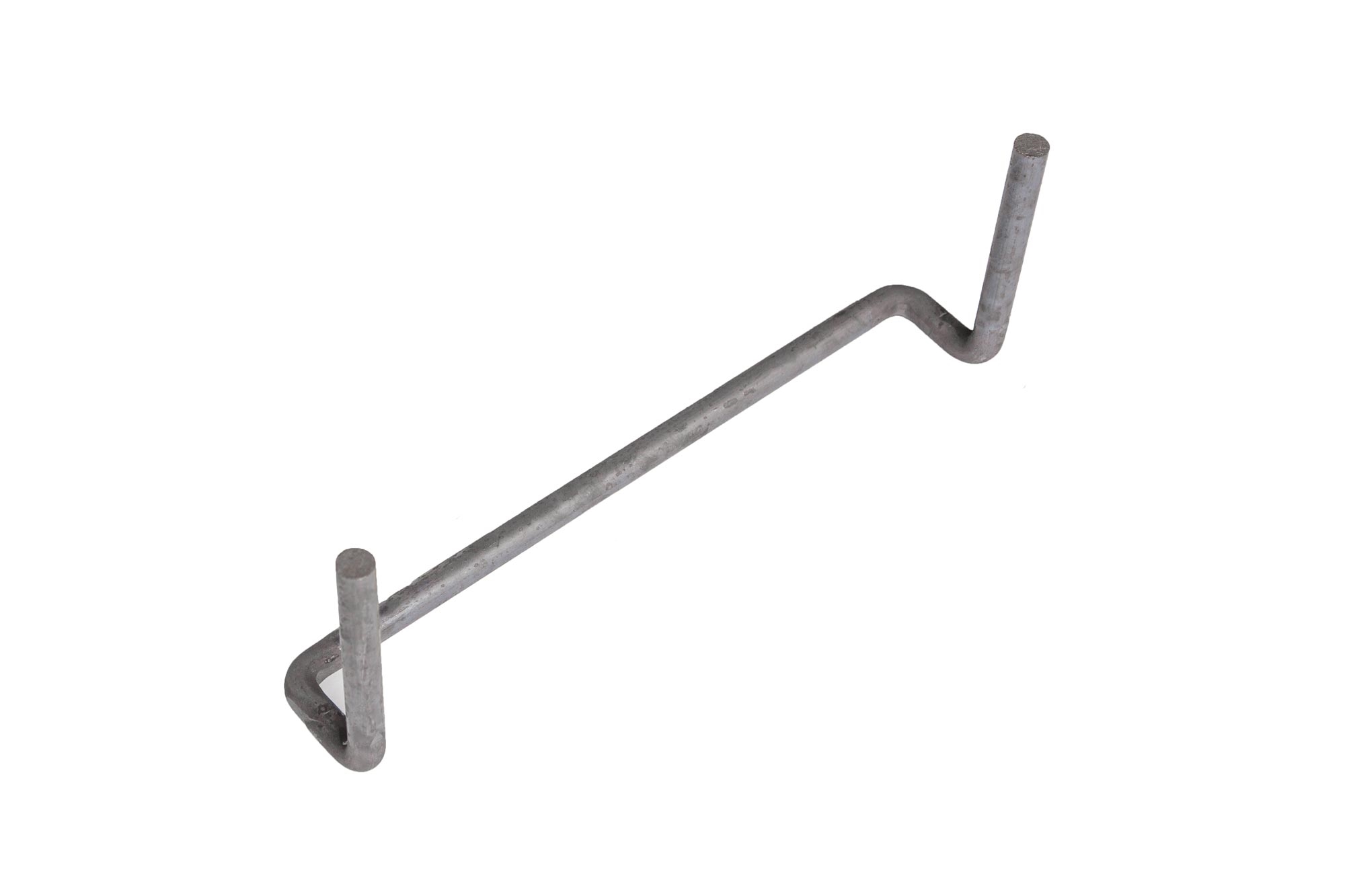
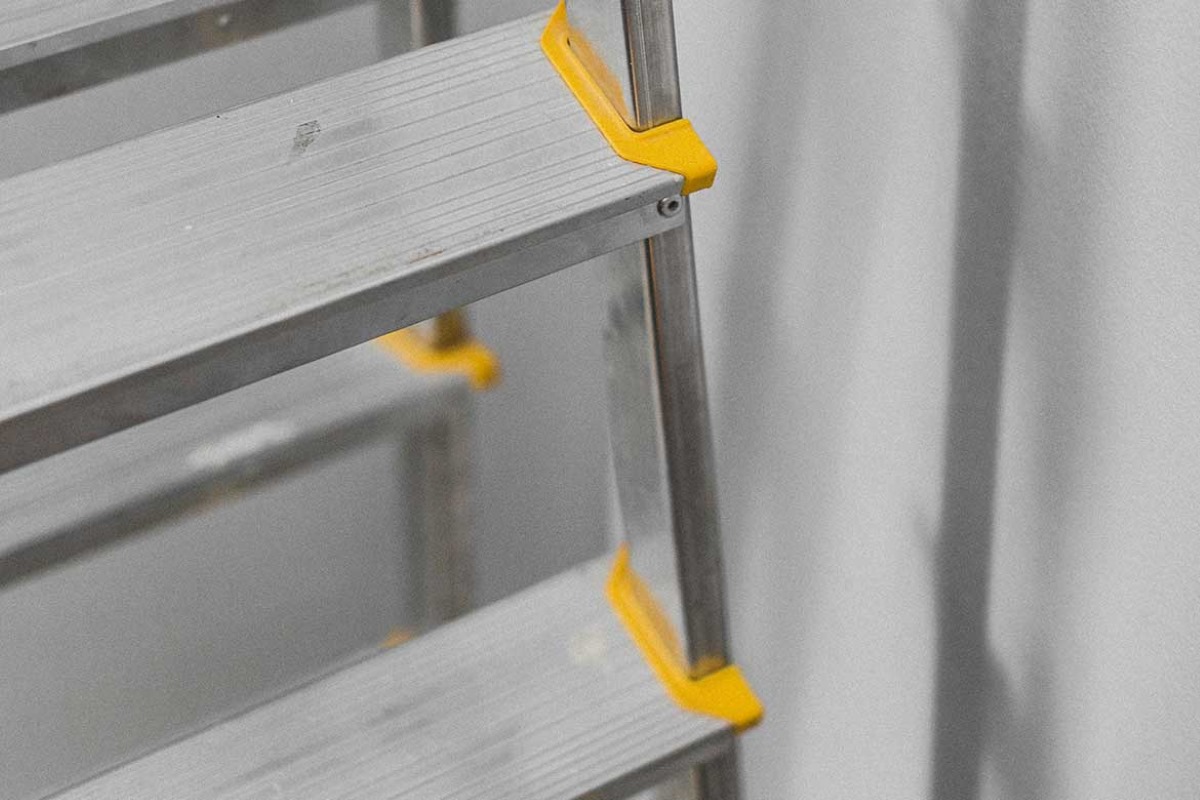
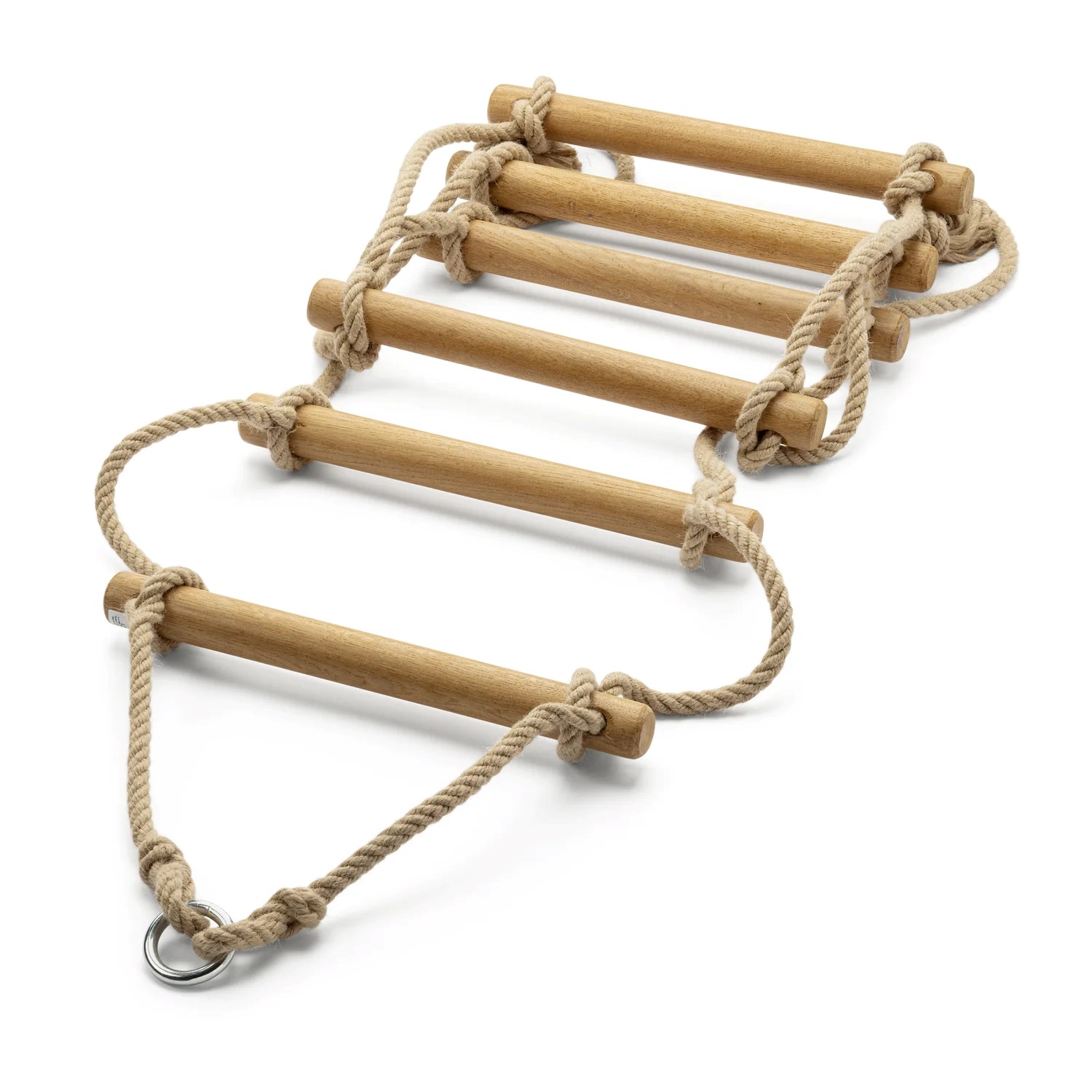
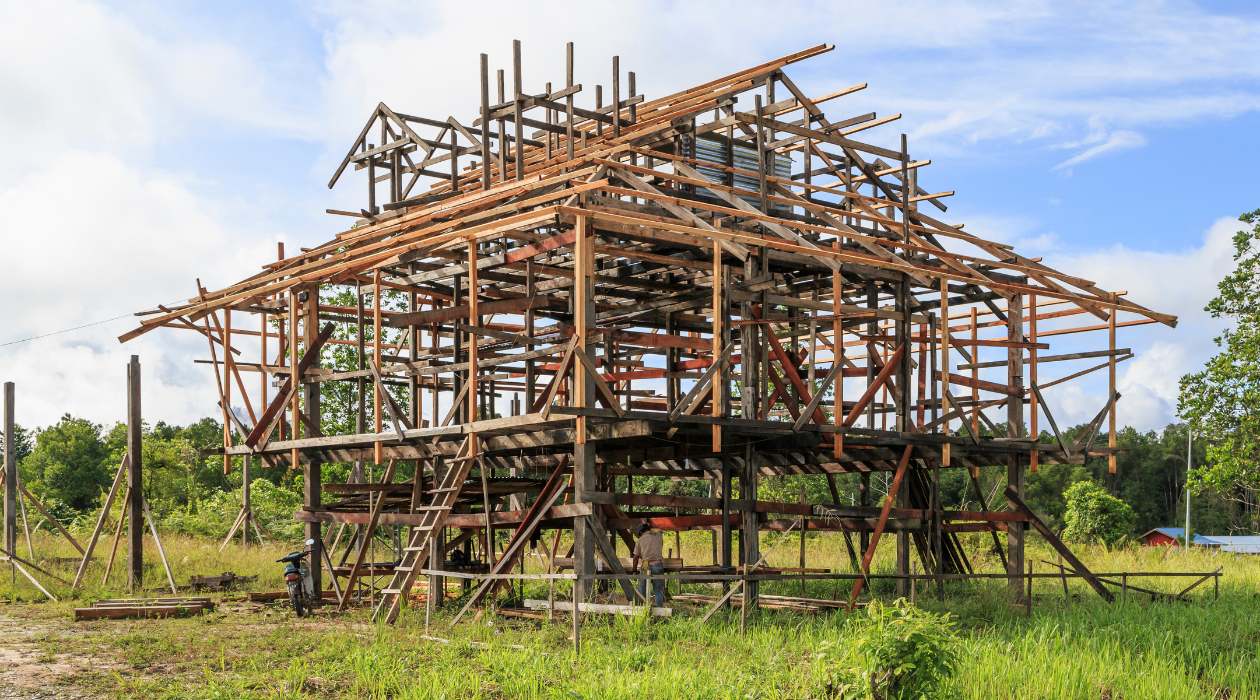


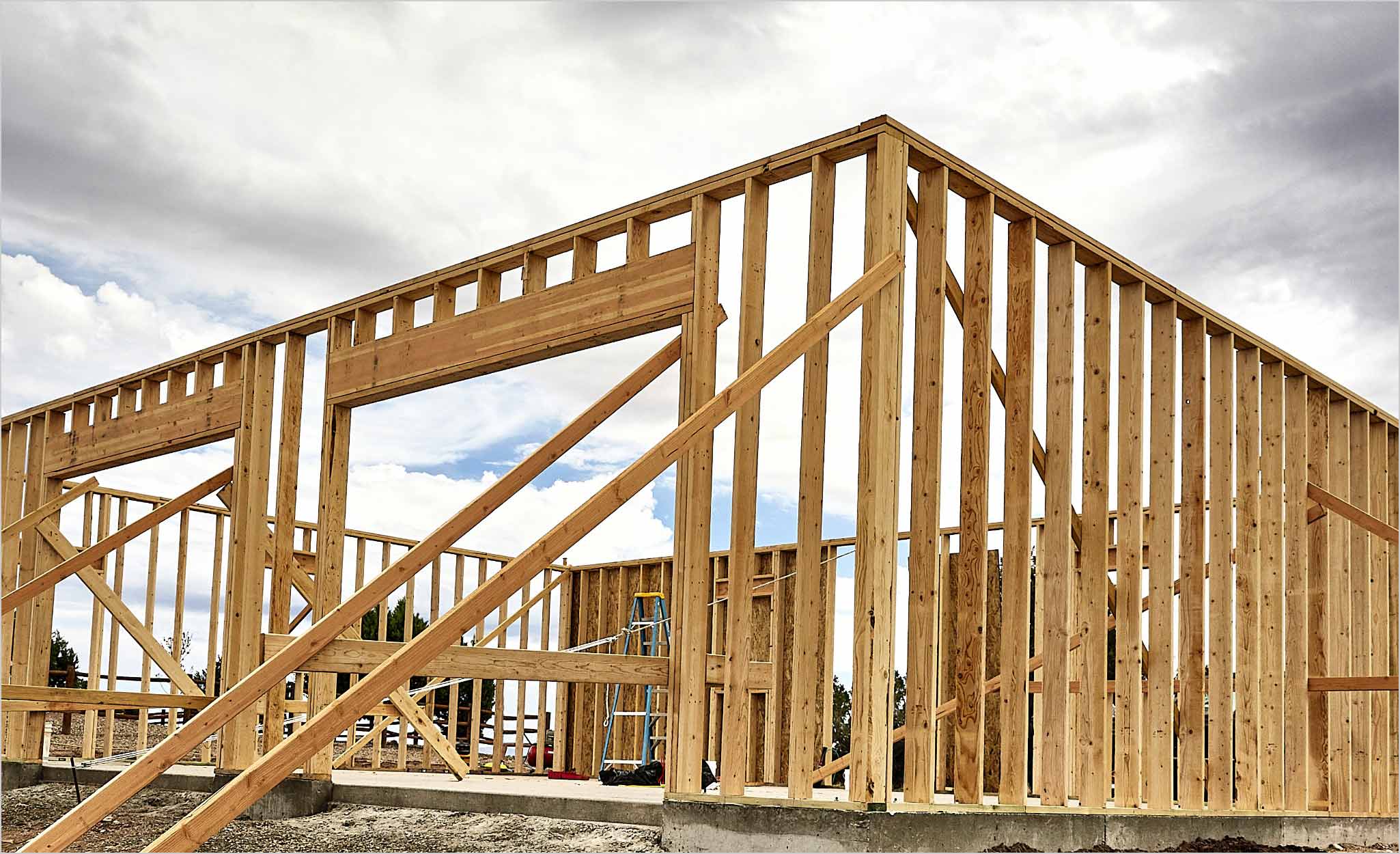

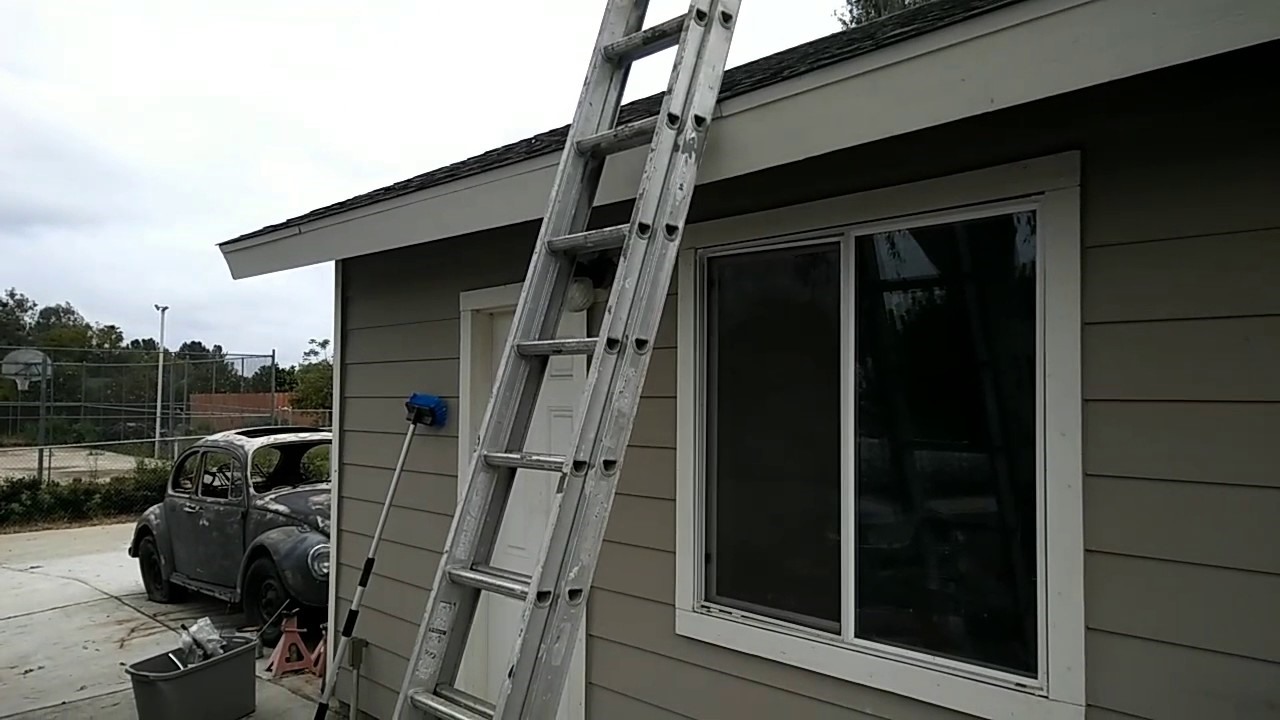

0 thoughts on “What Is An A-Frame Ladder”